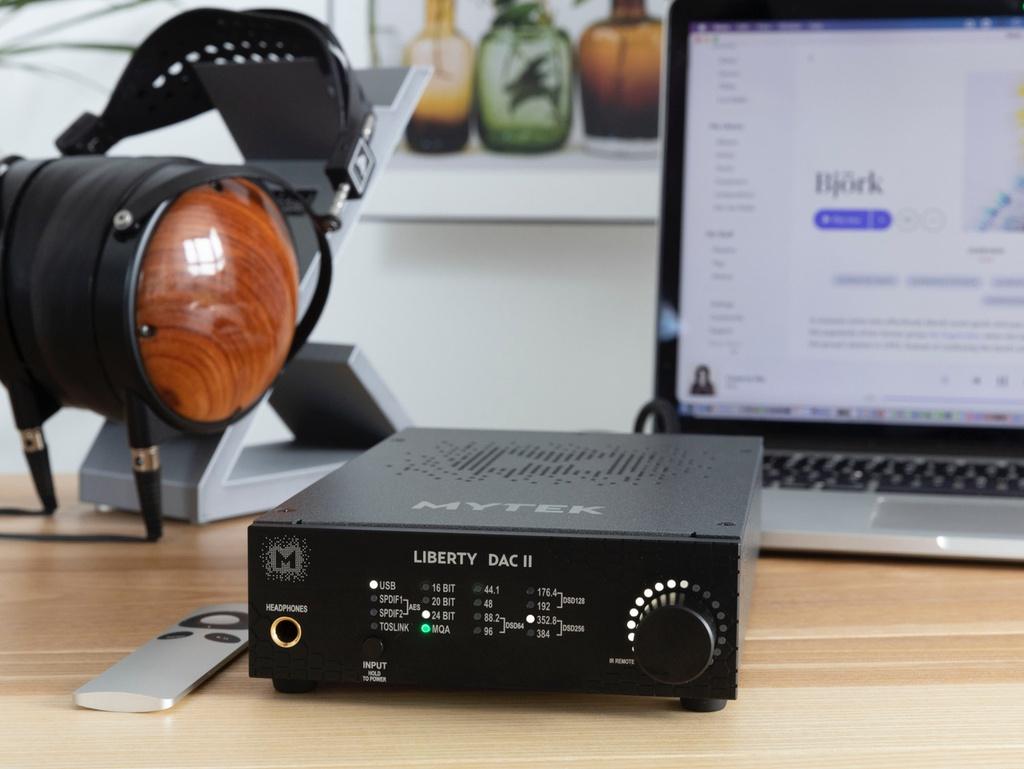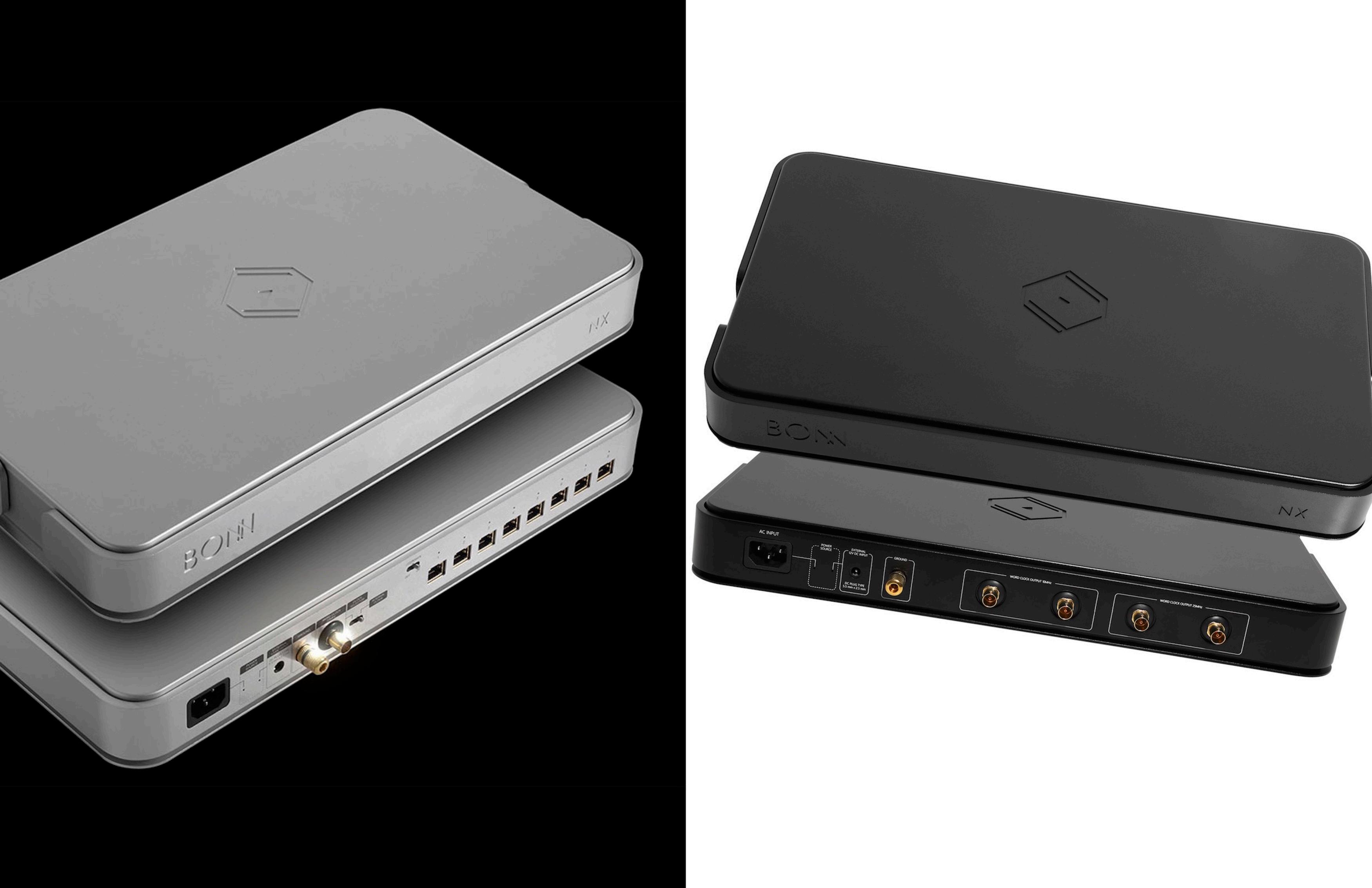5 minute read
TORUS AUDIO ELITE AVR
Comparisons
The Wall: Well, no comparison really. The Wall did provide better bass definition than the Other Power Conditioner (it is our philosophy not to throw products under the bus, thus no name) but The Wall was edgy, harsh, strident when compared directly to the AVR Elite. There was also greater noise introduced into the signal with The Wall which diminished clarity, background quiet, and the identification of spatial characteristics, now buried, necessary to connect with a given performance and its venue.
The Other Power Conditioner (OPC): The well known, expensive, highly awarded OPC, provided for beautiful treble extension and clarity and wonderful tone, timbre, and texture. It was, interestingly, a very musical conditioner. However, it collapsed across the bass region— upper, mid, lower. And in direct comparison to the AVR Elite, there was more noise in the signal, an overall lack of comparative clarity, and there were the bass anomalies, which distracted from the music and listening to the music. Conclusion
Conclusions
Hands down, the TORUS POWER AVR Elite is an exceptional power conditioner that provides what every component—streamer, DAC, network switch, word clock, preamplifier, amplifier, etc.—needs—clean, continuously flowing power—while doing no harm. And, to date, there has certainly been no harm.
Your experience will, of course, depend on where you currently stand. If you stand with no power condition (just the wall), then the results, at the very least, will be mind boggling. If you have a poor to decent to relatively good power conditioner the results will be no less than eyeopening and, at best, revelatory. The power conditioner before the AVR Elite was, again, well-known, highly awarded, and decidedly more expensive than the TORUS POWER AVR Elite. Suffice to say, that this power conditioner will no longer be employed. When a component brilliantly does what it was designed to do and gets out of the way to let all the other performers—components— shine, well it deserves an award. We happily award the TORUS POWER AVR Elite power conditioner our DIAMOND AWARD, well deserved, for its exceptional work. Pros: Enables components to their full potential and takes away nothing.
Cons:
The Company
Torus Power
601 Magnetic Drive
Toronto, Ontario, Canada
M3J-3J2
Toll Free: 1 (877) 337-9480 sales@toruspower.com kmain@toruspower.com










By Oliver Masciarotte
Long ago and far away, San Francisco in 2004 to be precise, I was exhibiting with Sonic Studio at the annual AES convention. This was long after it had moved from New York City’s Waldorf Astoria, site of my first AES when I worked for Lexicon. My colleagues and I had re–formed a company respected for producing soundBlade‡, a pre–mastering and mastering software and optional hardware package. That DAW, or Digital Audio Workstation, was the direct descendent of the Sonic System, the first commercially available product capable of recording, editing non–destructively in real time, and delivering 24 bit, 44.1 and 48kHz audio. The Sonic System was used by Sony, Warner Brothers, MCA and EMI to create the overwhelming majority of Compact Discs worldwide up to that time. During the show, I met with a tall, slim fellow whose NYC–based company manufactured the only third party hardware interface for Sonic Studio. Michal Jurewicz, Polish by birth, had been a tech for a big name recording studio when he recognized a need for specialized hardware and proceeded to address that market niche. His first converter product, in 1993, was a ADC or Analog–to–Digital Converter aimed at the pro market. I’ve had the pleasure of owning three generations of his DACs.
The original Liberty broke with Mytek’s half–width enclosure, utilizing a one rack unit height and one third width. Clad in slimming black, the Liberty II also occupies that small, lightweight form factor. To keep self–generated noise to a minimum without a heroic effort, there is no alphanumeric display. The original Liberty DAC’s simple and fairly uninformative group of colored LEDs has been replaced with a much more numerous and precise group of white LEDs that reveal to the user what exactly is going on inside the box. A single knob, to control volume, complements the single, multifunction push button on the front fascia.



A capable headphone amp, feeding a ¼" TRS receptacle, completes the unit’s anterior. While I was performing my final edit on this review, I was luxuriating in the consummate writing of Brandy Clark’s 2013 release 12 Stories [TIDAL 44.1k MQA], dispatched to my noggin from the headphone output feeding my big ass Audeze LCD-3 cans via Wireworld Nano-Platinum Eclipse cabling.
Since the Liberty II heralds from a professional lineage, it strives for honesty and linearity over romance and color. Unlike many of my fellow audiophiles, I too am of that ilk, always seeking the least change between mastering and playback. Toward that goal of aural veracity, Jurewicz realized that MQA, the direct descendant of MLP◇, could be a significant step in advancing fidelity as delivered to consumers. His was the first third party company to release an MQA–compatible ADC (Analog–to–Digital Converter) and DAC, the Brooklyn. Several generations later, Liberty DAC II is the result of experimentation, endless listening and continuous refinement.
Aspero AB’s TIDAL HRA streaming service is, at present, the only large scale business to embrace delivery of UK–based MQA Limited’s scalable codec to consumers. Though I find TIDAL’s catalog generally skews a bit too down market for my tastes, the whole point of our hobby is enjoyment. That given, I can certainly find plenty of music to relish on their service. As with any other production decision made during the creation of audio entertainment, we as individuals may or may not like the result of MQA encoding. In general, I appreciate what
MQA encoding usually offers the listener; less temporal distortion resulting in more precise transient response and often more top end air with accompanying spatial dimensionality.


In my charmed life as a AKR reviewer, I had a short duration overlap between the arrival of the Liberty II and departure of Mojo Audio’s fine and fat Mystique X SE. Since the Mystique is not an MQA DAC, I reverted to my daily driver delivery service for a level–matched comparison employing Delfeayo Marsalis’ brilliant The Last Southern Gentlemen [Qobuz 44.1k]. As noted in my prior review of the Mojo Audio unit, the R-2R DAC furnished a suave example; a bit more forward with a shallower soundstage than the Liberty II, a more ample but less impactful bottom, and a pleasant plushness. Low amplitude detail, like the echo of a high hat off of a room boundary, was diminished a skosh. The Liberty II exhibited an enviable clarity and low level finesse, as befitting its oversampling design. One of the admirable aspects of Mytek’s DAC offerings is their versatility due to their use of state of the DAC integrated circuits. The Liberty DAC II can decode not only MQA, but linear PCM up to 384kHz and DSD256 or 4 times the base DSD64 rate.
Since I had a Brooklyn in house, the model that was revised then eventually replaced by the Liberty II, I hooked the old girl up… Placing them side by side and level matching, it was quick work to swap XLRs and Wireworld’s Starlight 7 USB. I found the primary difference to be a much shallower









